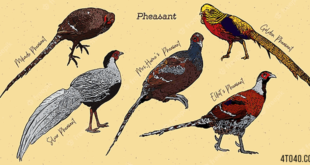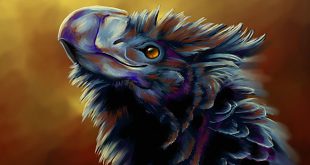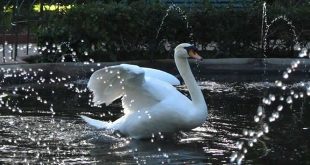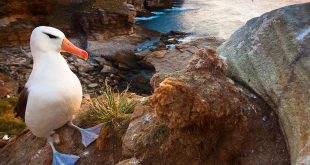Thrush — 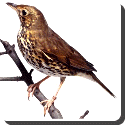 The thrushes, family Turdidae suborder Passeri in the order Passeriformes, are a group of passerine birds that occur worldwide.
The thrushes, family Turdidae suborder Passeri in the order Passeriformes, are a group of passerine birds that occur worldwide.
Thrushes are plump, soft-plumaged, small to medium-sized birds, inhabiting wooded areas, and often feed on the ground or eat small fruit. The smallest thrush may be the Forest Rock-thrush, at 21 g (0.74 oz) and 14.5 cm (5.7 in). However, the shortwings, which have ambigious alliances with both thrushes and Old World flycatchers, can be even smaller. The Lesser Shortwing averages 12 cm (4.7 in). The largest thrush is Blue Whistling-thrush, at 178 g (6.3 oz) and 33 cm (13 in). The Great Thrush is similar in length but less heavily built. Most species are grey or brown in colour, often with speckled underparts.
They are insectivorous, but most species also eat worms, land snails, and fruit. Many species are permanently resident in warm climes, while others migrate to higher latitudes during summer, often over considerable distances.
Thrushes build cup-shaped nests, sometimes lining them with mud. They lay two to five speckled eggs, sometimes laying two or more clutches per year. Both parents help in raising the young.
The songs of some species, including members of the genera Catharus, Myadestes, and Turdus, are considered to be among the most beautiful in the avian world.
The taxonomic treatment of this large family has varied significantly in recent years. Traditionally, the Turdidae included the small Old World species, like the Nightingale and European Robin in the subfamily Saxicolini, but most authorities now place this group in the Old World flycatcher family Muscicapidae.
 Kids Portal For Parents India Kids Network
Kids Portal For Parents India Kids Network
